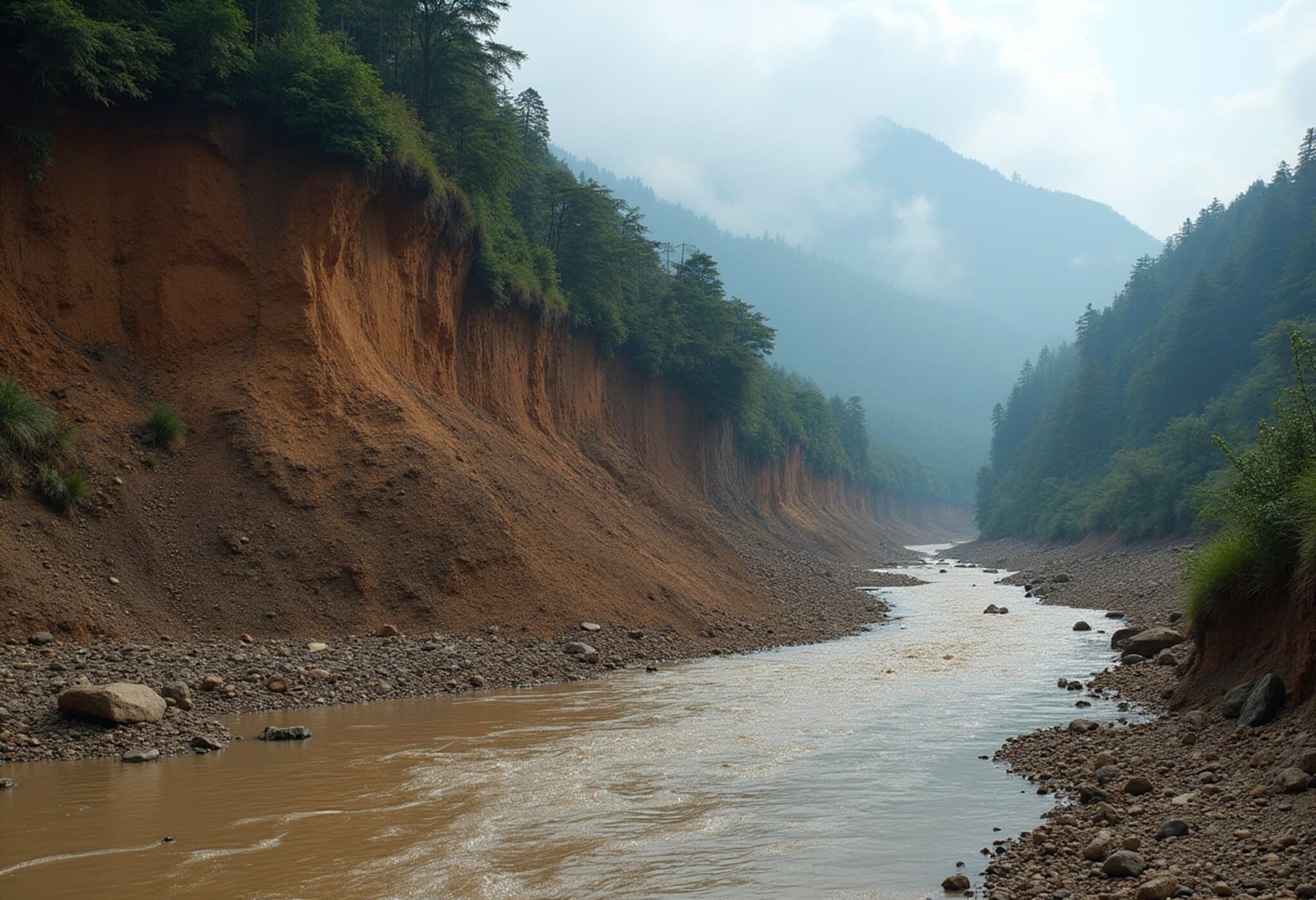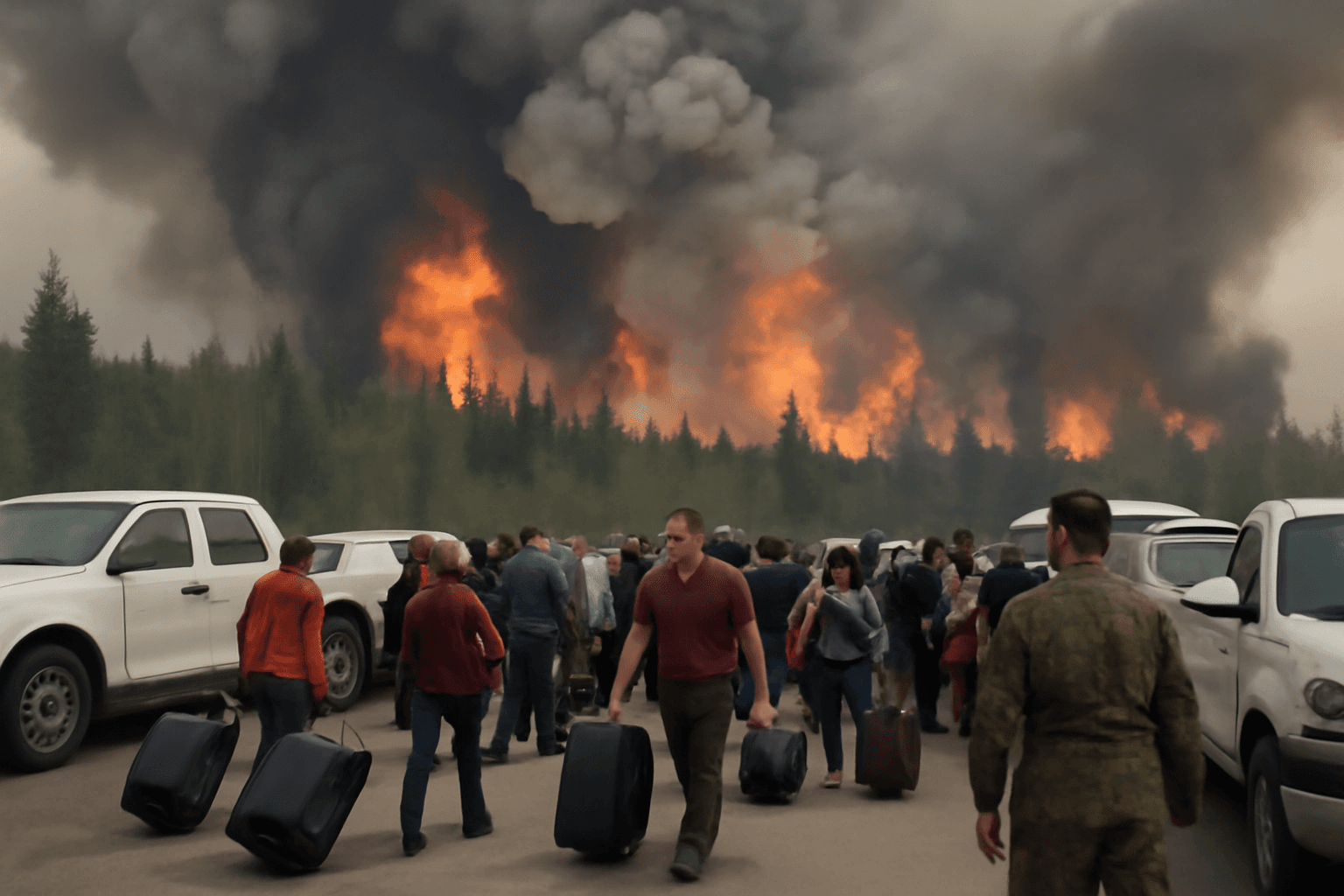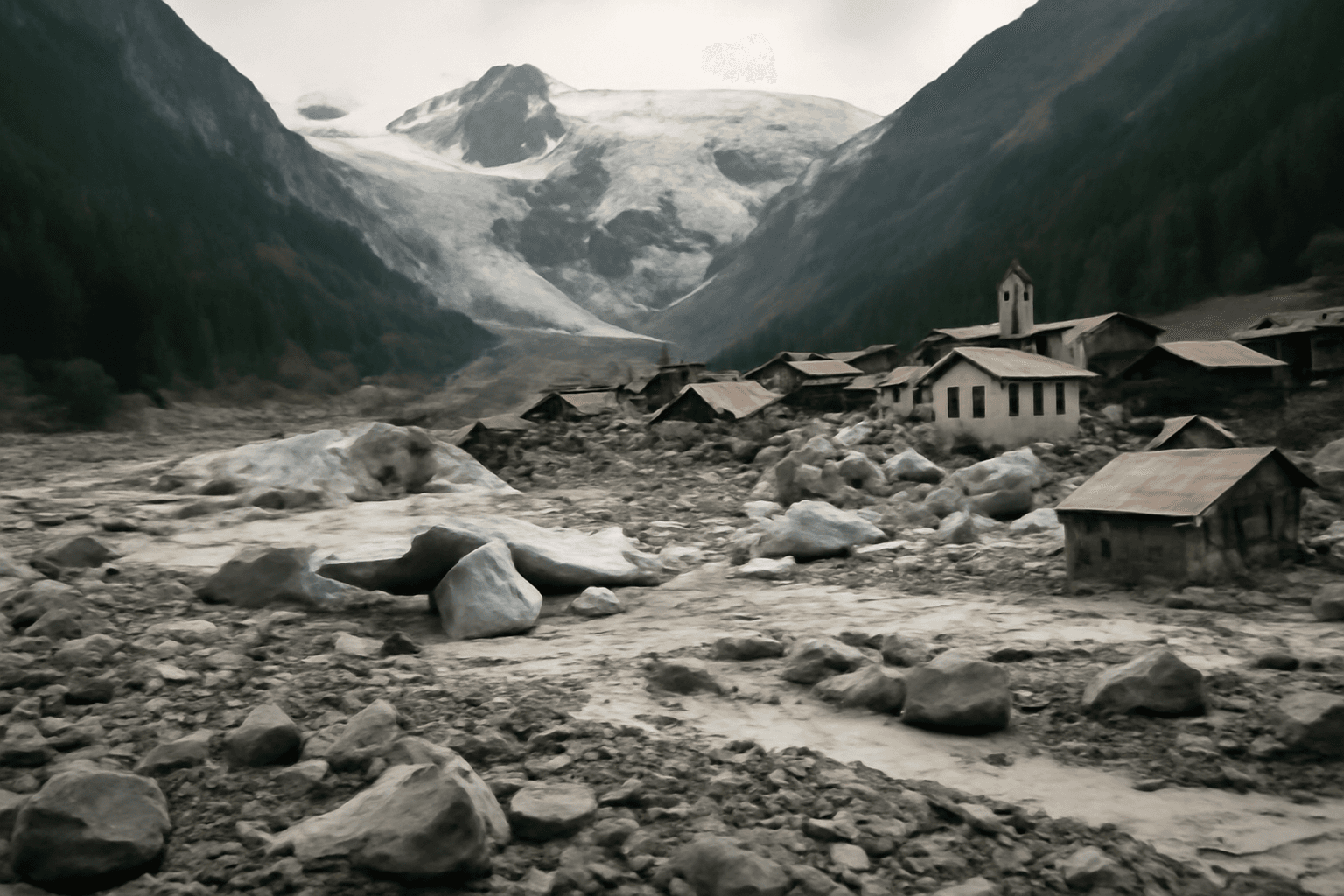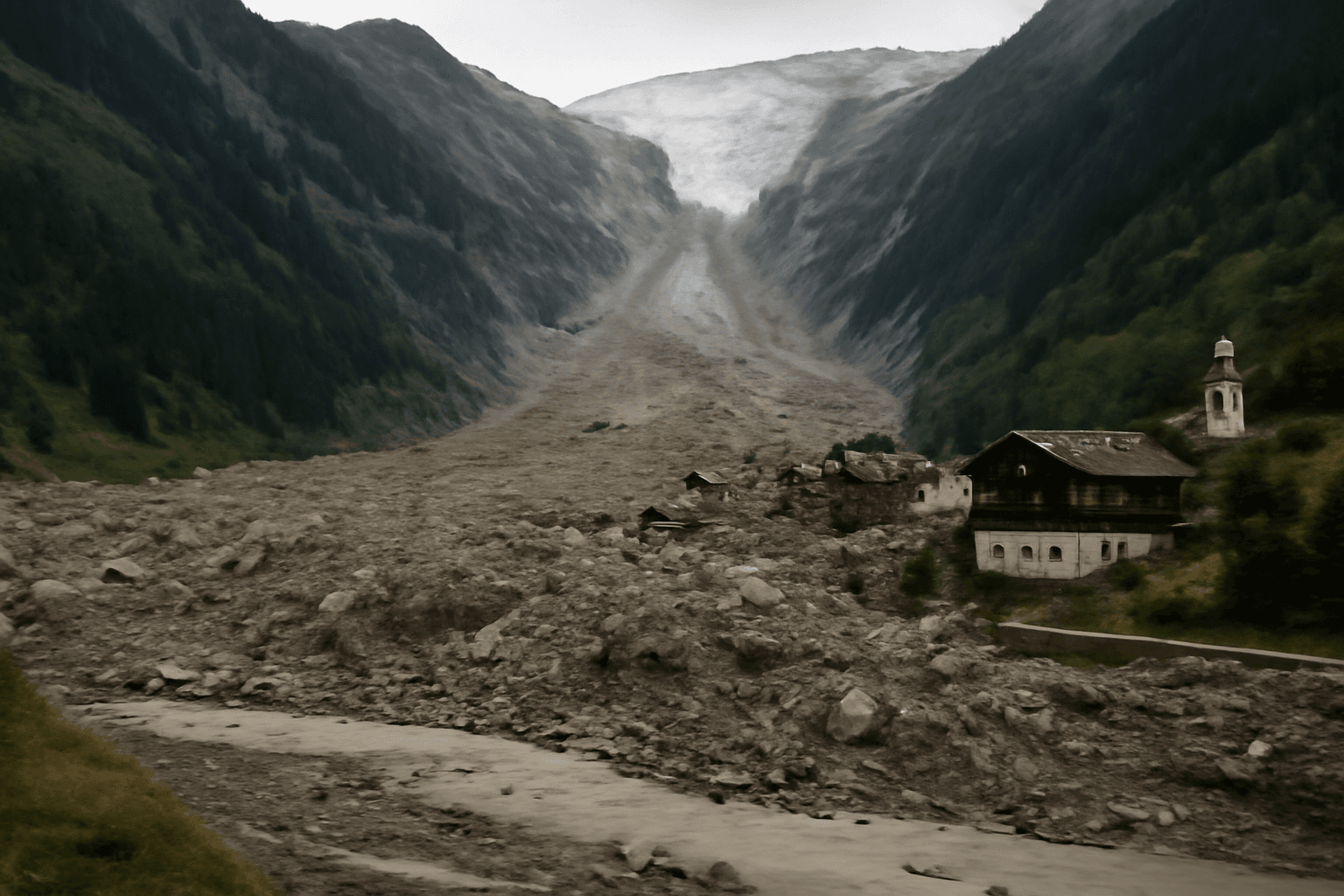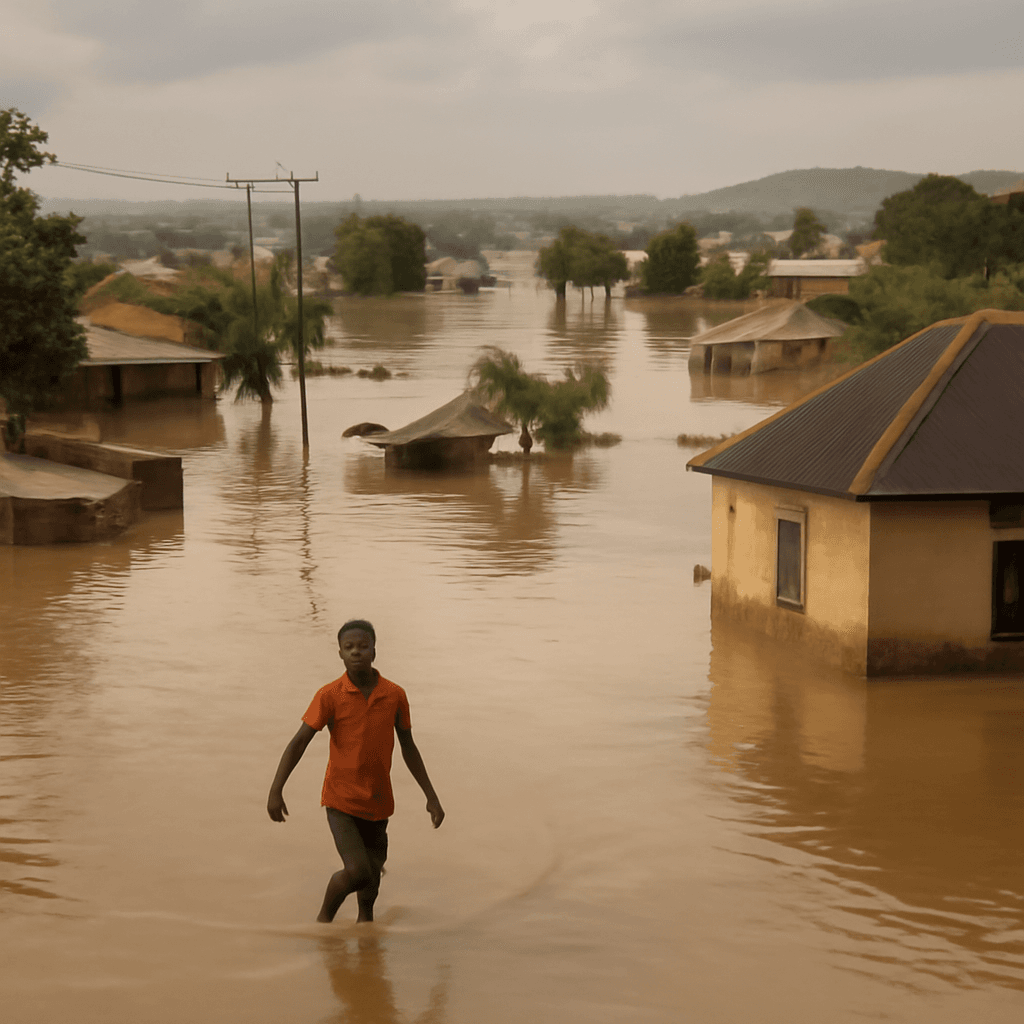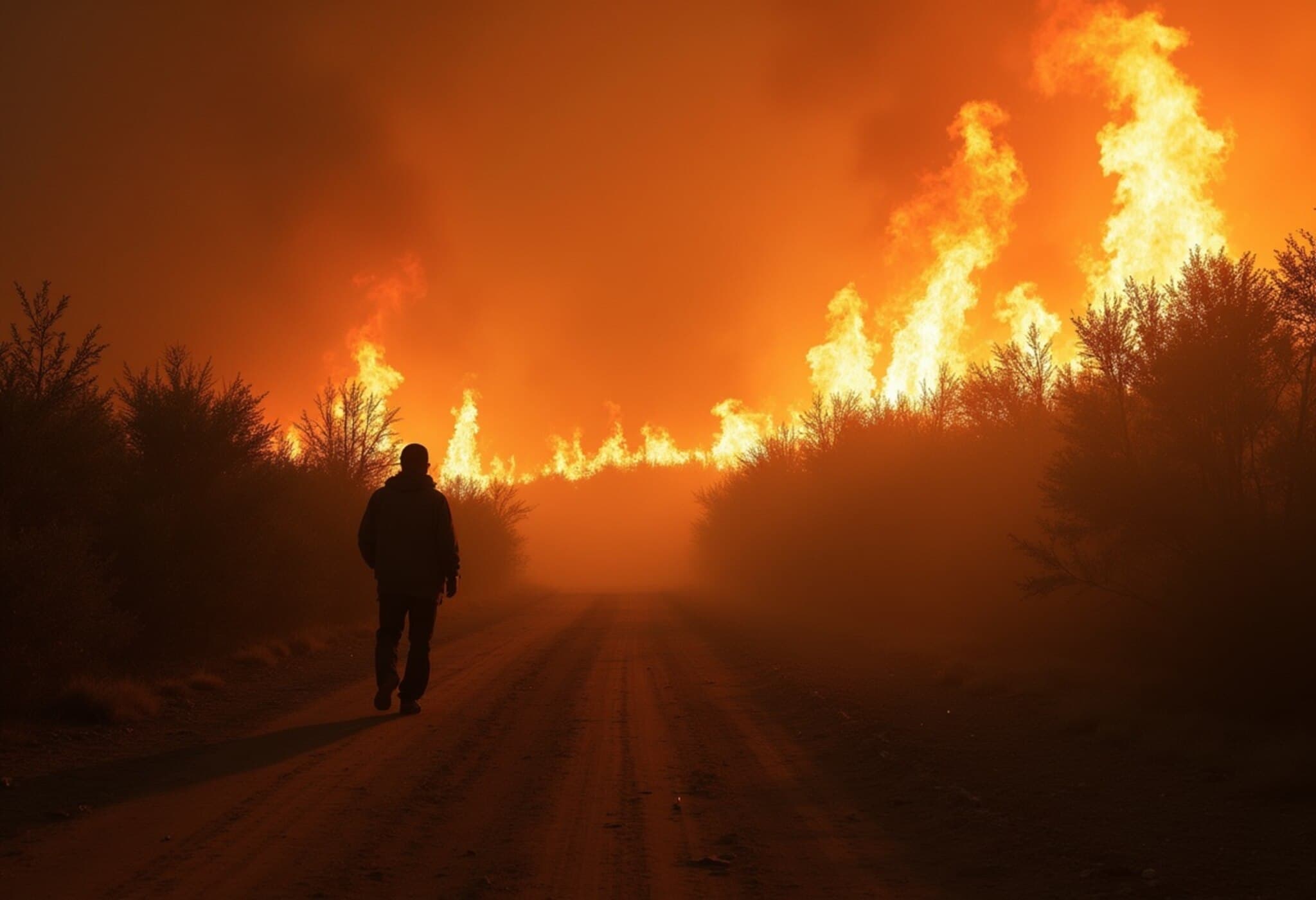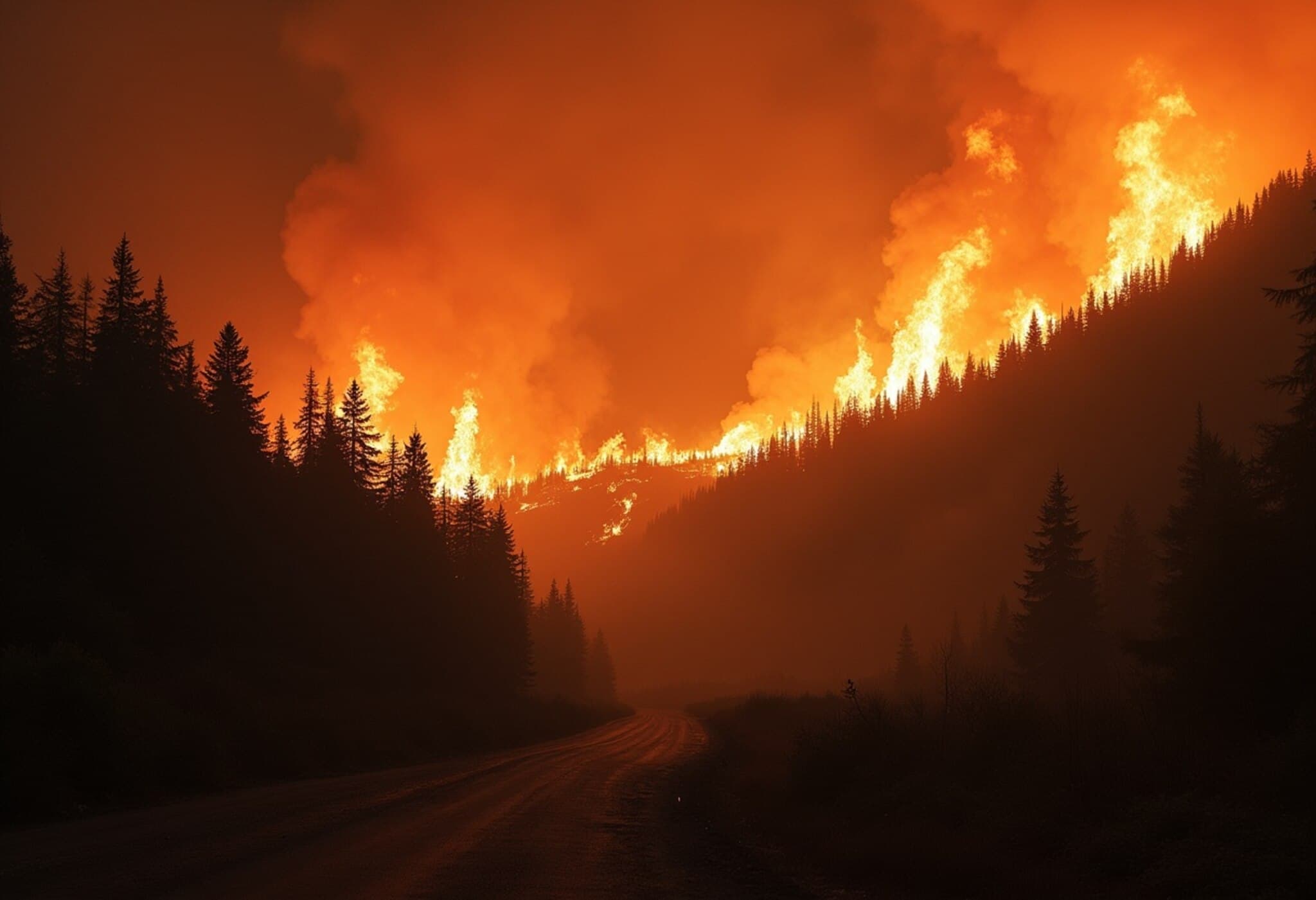Tragic Mudslide Devastates Dharali Village in Northern India
In the early hours of August 6, 2025, a sudden and powerful mudslide swept through the peaceful village of Dharali nestled in the Himalayan foothills of northern India. The disaster has claimed the lives of at least four residents and forced the urgent evacuation of over 70 people, according to officials on the ground.
Flash Floods Trigger Deadly Landslide
Unseasonal heavy rains triggered flash floods that caused soil and rocks to break loose, engulfing homes and farmland in the once tranquil community. Dharali, known for its terraced fields and traditional mountain lifestyle, found itself at the mercy of nature’s sudden fury.
State emergency services mobilized swiftly, deploying rescue teams to search for survivors amidst the debris, while local authorities coordinated the safe transfer of those displaced to temporary shelters.
Impact and Response
- Casualties: At least four dead, with search efforts continuing for potential survivors.
- Evacuations: More than 70 villagers relocated to secure areas away from landslide-prone zones.
- Emergency Measures: Temporary shelters established; local government promises relief and reconstruction aid.
The disaster has reignited concerns about the vulnerability of Himalayan communities to climate-driven extreme weather events. Experts highlight that increased rainfall variability, linked to climate change, exacerbates the risks of landslides in fragile mountainous terrain.
Contextual Insight: Climate Risk and Infrastructure Gaps
India’s northern Himalayan regions are experiencing rising incidences of flash floods and landslides, which local infrastructure and disaster preparedness efforts are often ill-equipped to handle. Dr. Anjali Mehta, a geologist specializing in environmental hazards, notes, "The convergence of deforestation, unplanned development, and unpredictable weather patterns makes villages like Dharali particularly vulnerable."
Moreover, the socio-economic fabric of these remote communities complicates rescue and rehabilitation—limited road access, sparse healthcare facilities, and economic dependence on agriculture heighten the disaster’s toll.
Looking Ahead: Policy and Preparedness Challenges
This tragedy shines a stark light on the urgent need for:
- Enhanced early warning systems tailored for remote mountainous communities.
- Climate-resilient infrastructure investments to reinforce housing and transport links.
- Community-based disaster risk education empowering locals to respond effectively.
- Integrated environmental management that addresses deforestation and land use.
Policymakers and humanitarian agencies are called upon to translate this calamity’s lessons into action, mitigating future losses and supporting vulnerable populations.
Editor's Note
The Dharali mudslide tragically underscores how fragile our mountain ecosystems are amidst a worsening climate crisis. While the immediate human cost is deeply saddening, this event serves as a critical reminder that we must invest urgently in resilience—both infrastructural and social—to protect vulnerable communities. As global weather patterns grow more erratic, the question remains: are governments and societies doing enough to prepare for the disasters on the horizon?

